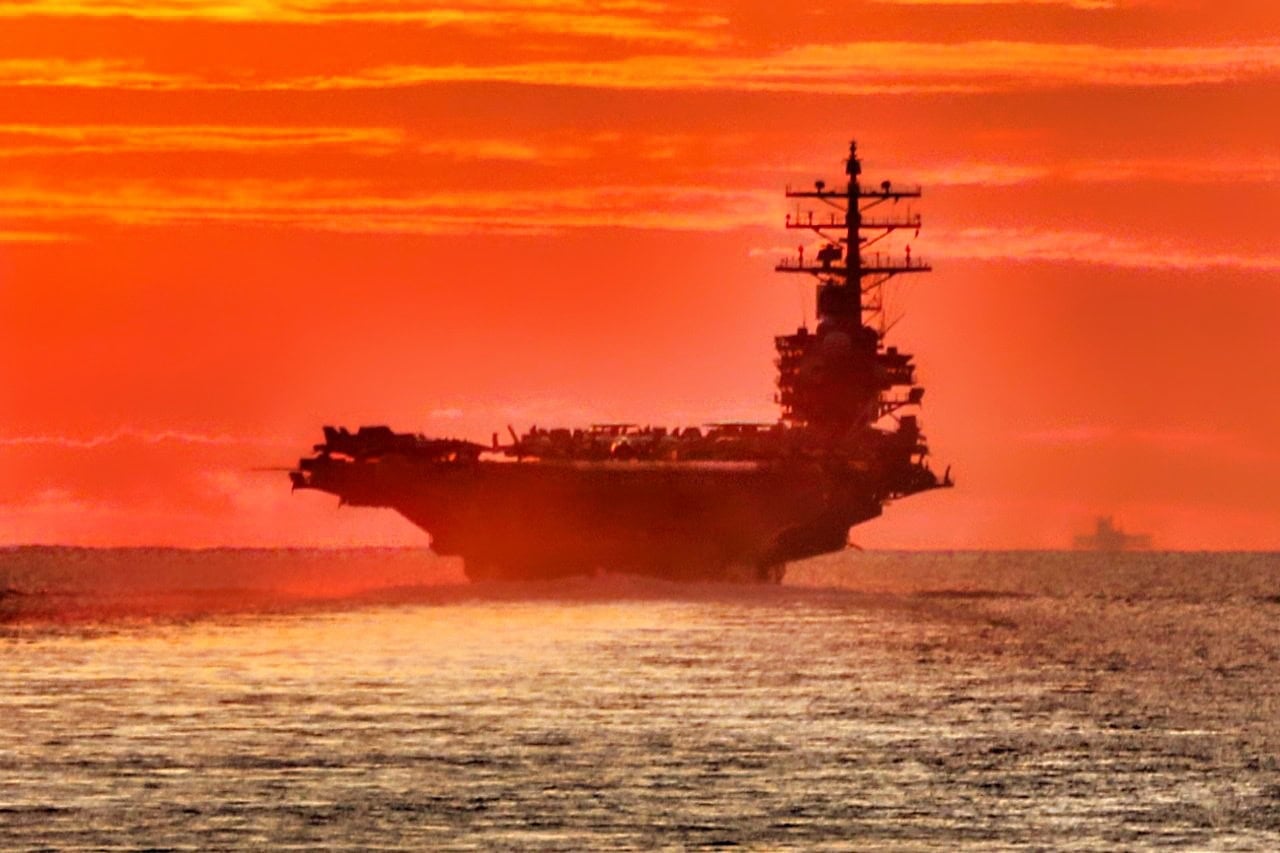Key Points and Summary: The Pentagon is war-gaming scenarios to counter a potential Chinese invasion of Taiwan, focusing on rapid response, intelligence sharing, and multi-domain warfare.
-China’s strategy may involve a “bolt-out-of-the-blue” missile barrage, electronic warfare to blind defenses, and a rapid amphibious assault. The U.S. and its allies, including Japan and South Korea, are expanding military cooperation, forward-deploying forces, and improving intelligence networks.
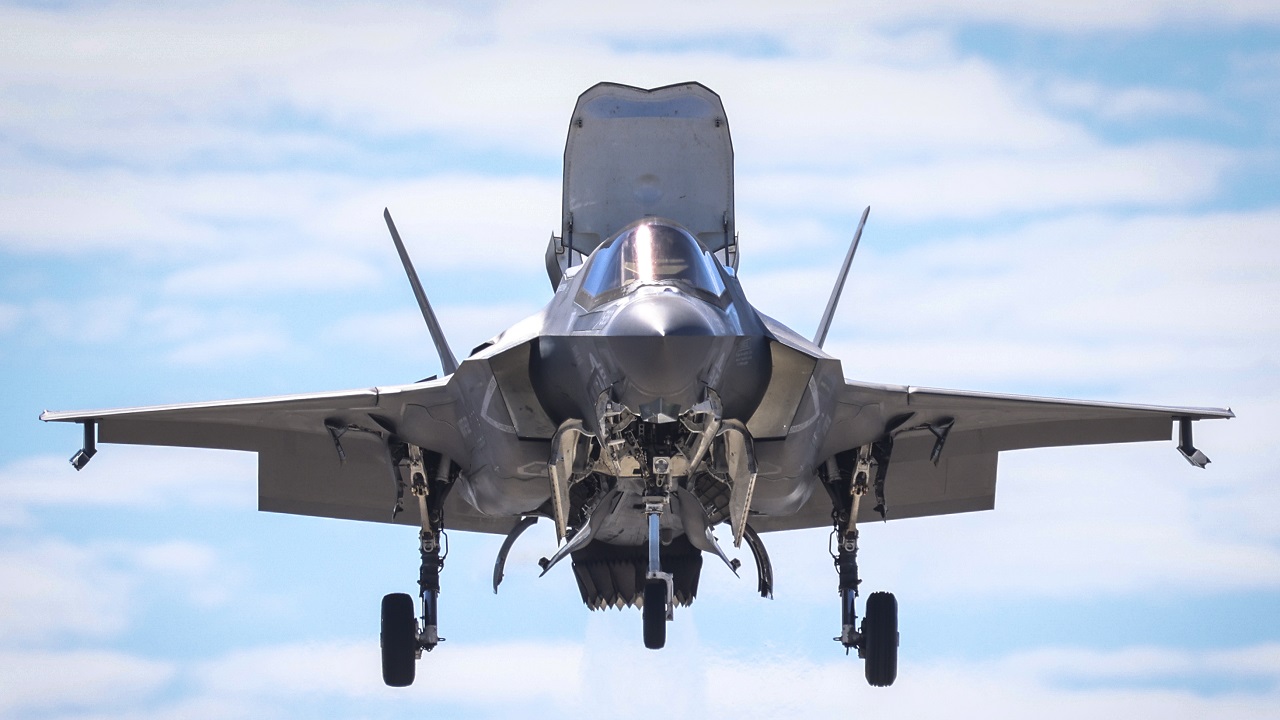
An F-35B Lightning II with 3rd Marine Aircraft Wing, based at Marine Corps Air Station Miramar, San Diego, California, conducts an aerial demonstration during the 2022 MCAS Air Show at MCAS Miramar, Sept. 24, 2022. The F-35B Lightning II, flown by aviators with Marine Fighter Attack Training Squadron 502, is equipped with short takeoff and vertical landing capability that expands its range by allowing it to operate from naval vessels and in austere, expeditionary environments. The theme for the 2022 MCAS Miramar Air Show, “Marines Fight, Evolve and Win,” reflects the Marine Corps’ ongoing modernization efforts to prepare for future conflicts. (U.S. Marine Corps photo by Lance Cpl. Jose S. GuerreroDeLeon)
-Army Pacific Command stresses deterrence through strength, ensuring China understands the immense cost of aggression. While liberating an occupied Taiwan would be challenging, U.S. and allied forces are preparing to respond quickly, making a successful Chinese takeover far from certain.
Could the U.S. Stop a Surprise Chinese Attack on Taiwan?
A massive “bolt-out-of-the-blue” salvo of attacking ballistic missiles designed to overwhelm Taiwan…..a large-scale amphibious assault to surround and take-over the island…a rapid blockade of the South China Sea …..or perhaps even a surprise 5th-generation air attack on US warships in the Philippine Sea ….all seem to be realistic possibilities should the People’s Republic of China suddenly move to annex Taiwan or claim exclusive ownership of disputed island territories in the South China Sea.
Would a large-scale ballistic missile attack designed to take-out Taiwanese air defenses and cripple its weapons, air fields and defenses be a most likely start to a surprise attack? Any attack is almost certain to be accompanied or even preceded by a commensurate PRC effort to “jam” US and allied GPS and communications signals in the region … to effectively blind US, Taiwanese and allied defenses in position to respond in the region.
Senior members of Army Pacific tell Warrior that Commanding General Charles Flynn says the purpose of Army Pacific and its build-up is to “avoid war.” At the same time, part of the method of “avoiding war,” Flynn emphasizes, is to train, prepare, experiment and refine a “war plan.”
Maybe the PLA might seek to exploit what it thinks is an overmatch or advantage in the realm of hypersonic weapons and simply seek to “deny” US warships from closing in on an area to defend Taiwan? Given the sheer size and growing technological sophistication of the PLA Navy, a massive amphibious attack on Taiwan would be another likely avenue of approach for the PLA should it seek to rapidly “take-over” Taiwan. The likely thinking on the part of the PRC, as explained in the Pentagon’s annual reports on the Chinese military, might be to take over Taiwan so quickly that their dominion becomes a kind of “fait accompli” wherein it simply becomes too costly in terms of lives and too large-scale an endeavor to try to extricate the PLA from Taiwan. Should the US, Japan and South Korea need to mass a liberation force and fully “extricate” an occupying PLA force from Taiwan … could it be done?
Paradox of Deterrence: Peace Through Strength
While the purpose of the war game is to establish and refine an informed warplan in the event one is needed…. Army Pacific Commander Gen Charles Flynn regularly emphasizes the paradox central to deterrence…. Be ready to prevail in war if needed…. For the sole purpose of avoiding war
Army Pacific senior officials say Flynn says the Wargame is intended to train, experiment and build multinational relationships to “prevent” war…..peace through strength. As part of this, senior members of Army Pacific tell Warrior that Gen. Flynn says the purpose of Army Pacific and its overall strategy is to “avoid war.” At the same time, part of the method of “avoiding war,” Flynn emphasizes, is to train, prepare, experiment and refine a “war plan.” Army Pacific’s main concern is indeed related to the risk of a sudden PLA “surprise attack.”
“While many different scenarios concern us, central is the PLA using yearly large scale exercises in the Straits to lull us into thinking the threat of invasion is low, then one year in the near future, that large training force abruptly changes course and heads straight for beaches on Taiwan. The result is a surprise invasion with very little warning,” the senior official with Army Pacific explained.
A defining challenge when it comes to countering a sudden Chinese attack would likely relate to simple question of time and distance. Can US warships and their supporting 5th-generation air attack capability respond fast enough? Will enough torpedo armed submarines be in position to destroy Chinese warships crossing the Taiwan strait? Could US Navy amphibs armed with 20 F-35Bs each be close enough to quickly establish air superiority and leverage the US Navy’s massive 5th-generation air advantage? China has no sea-launched 5th-generation threat and would therefore be very challenged to succeed with an amphibious take-over of Taiwan if US F-35s could get their fast enough to destroy a PLA Navy amphibious attack from the air
These are all questions likely to be entertained by US Army Pacific commanders in a massive “theater-wide” wargame exploring a full-scale conflict with China in the Pacific. While tactical scenarios, weapons ranges and particular methods of attack are almost certain not to be available for security reasons, Army Pacific officials say this wargame is an enterprise which has not been pursued in living memory.
Army Pacific Wargame “Rehearsal of Concept”
Senior officials with Army Pacific Command tell Warrior there is now a large-scale “Rehearsal of Concept” underway as an initial step in the wargame, where participants and commanders are briefing their roles, solidifying command relationships and anticipating key tasks. Details regarding weapons, scenarios and capabilities are not available for security reasons, yet Army officials say the all-out-war exercise is today’s version of the “War Plan Orange wargaming done by the Navy and Army in the 1930s.”
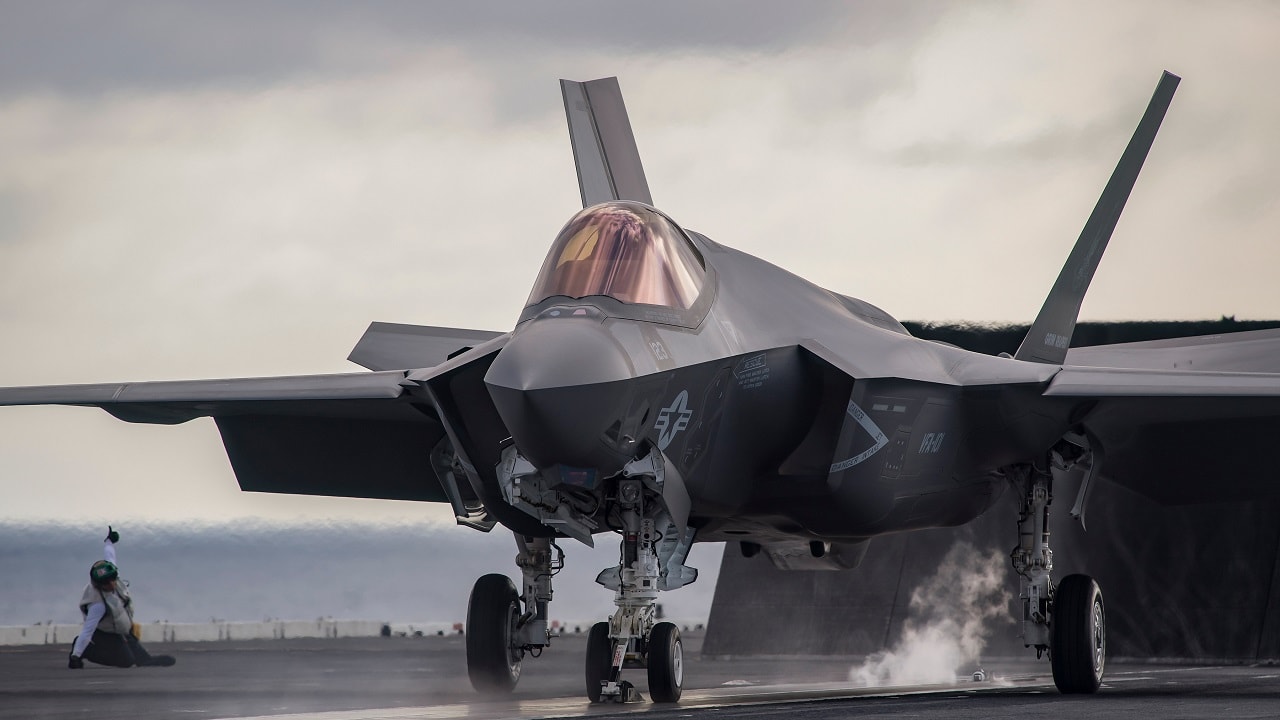
F-35 Joint Strike Fighter on carrier operations.
The idea of the ROC, senior officials explain … is to prepare for the worst and “develop an executable war plan that prepares USARPAC (US Army Pacific) for the worst eventuality.”
Much attention has been focused on flashpoints in the South China Sea and the pressing Chinese threat to attack Taiwan, yet fewer minds have likely been sharpened in upon the reality of what a full-scale, Pacific-wide war with the PRC might look like. This is a complex and very nuanced question with seemingly far too many variables to consider, yet the current Army Pacific ROC seems up to the task.
Specifics related to threats, ranges, combat scenarios and joint, multi-domain dynamics for the wargame are likely informed by findings from recent wargames and comprehensive Army analyses of the PLA’s reach and capability across the region. In recent months, US Army Pacific has published several research documents and studies offering findings and insights of great relevance to the Chinese threat in the Pacific. One major finding from an Army Pacific 2023 wargame called “Unified Pacific Wargame Series”
Any outcome to an enterprise of this kind clearly results from a complex mixture of different variables, and of course the growing nature of multi-domain, information-driven warfare. Specifically, several Army studies are clear that there remains a “massive” need for more Intelligence, Surveillance and Reconnaissance (ISR) in the Pacific theater. This need, senior Army officials and the Command’s research papers emphasize, need to me matched a commensurate improvement in data processing, or PED .. Processing Exploitation and Dissemination” of critical wardata.
“We need vastly more dense and redundant ISR, yet it is not enough to just have the world’s best airborne sensors…..after collecting massive data, there is a need for “massively capable” PED,” a Senior Army official familiar with the Wargame told Warrior. The idea, the Senior Army expert explained, would be for the force to “Get quickly enough to the point where planes, drones, land troops, and ships are seamlessly passing and sharing both targeting data and BDA.(Battle Damage Assessments).”
The text of US Army Pacific’s Unified Pacific Wargame Series findings aligns closely with the Senior Army officials’ comments, as it emphasizes a need for not only an increase in “collection capability” related to volumes of information but also a “parallel increase in PED capacity to conduct proper analysis and avoid “bottle necks” in the information chain.”
The Army essay makes the related critical point that redundancy in the realm of information collection, analysis and transmission will be essential to ensure “joint” awareness and also mitigate against or overcome any Chinese attempt to “jam,” “derail” or “destroy” US and allied communication systems. More transport layers and secure, redundant levels of information exchange can help ensure operational functionality in the event some systems are destroyed or jammed.
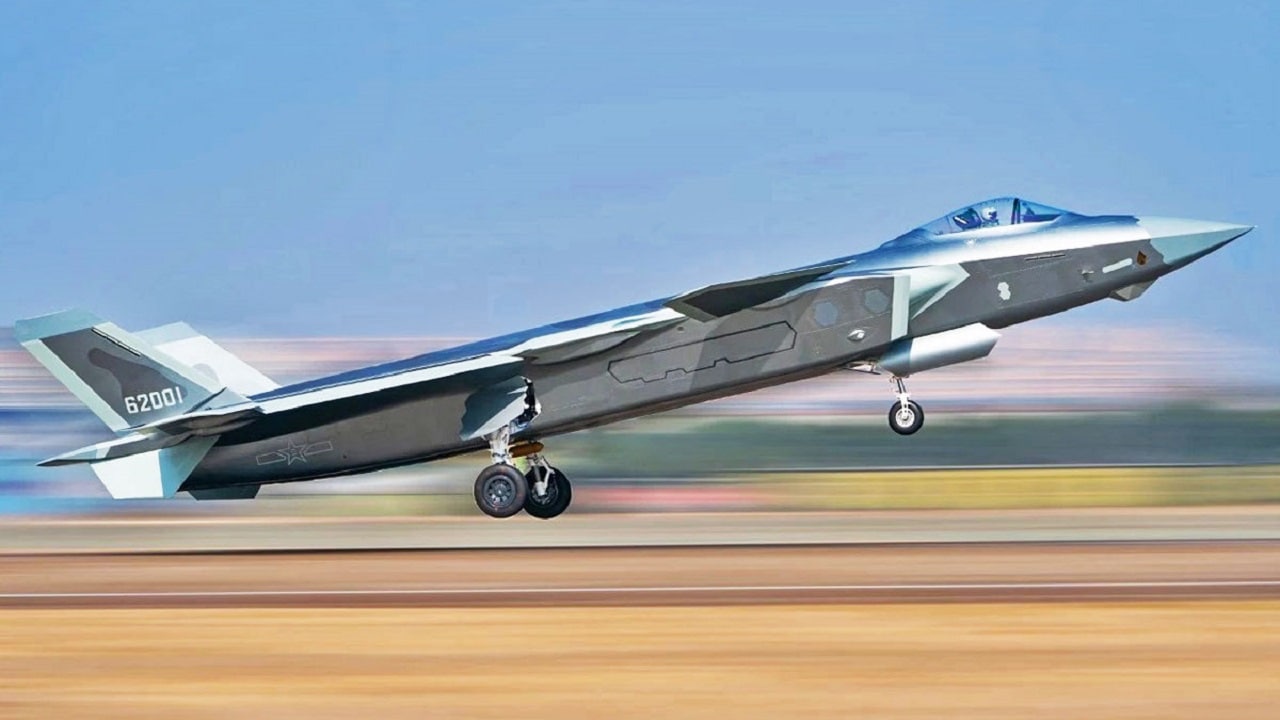
China’s J-20 stealth fighter. Image Credit: Creative Commons.
“Joint Collection requires diversified collection platforms, across all three layers – the aerial, space, and terrestrial layers….Additional sensing in the terrestrial layer provides more consistent, persistent pattern development and recognition,” the text of the UPWS Army paper states. “Federation of collection and PED responsibilities not only eases the burden on the forward-most formations, but provides for common understanding.”
The need for more layers of ISR and PED would indeed make sense and seem critical given the vast-expanse of the Pacific. This is particularly true in the case of a “theater-wide” wargame exploring conflict from the Korean Peninsula all the way down beyond the South China Sea. This is why military experts refer to the Pacific in terms of a “tryanny of distance,” because conflict in the vast pacific would seemingly rise or fall on a successful ability to integrate and connect otherwise disparate operations across the theater. However, it is not enough for volumes of information to simply “get there” or “transmit” … the data must be processed and exploited quickly and efficiently, a point highlighted in the Army Pacific’s UPWS paper.
“Without simultaneous improvements in the capacity and capability of PED systems,parallel improvements in collection will fail to achieve desired results,” the Army Pacific essay writes.
What might it mean in practical or operational terms to make this a reality. Clearly there would be a simple need for more nodes and assets in terms of drones, fixed-wing surveillance planes, ship and ground-based sensors and radar along with a robust air and space ISR capacity. However, of key relevance, not only would these nodes need to exist…but they would need to be engineered with the requisite “interfaces” “gateways” and technical standards to ensure information interoperability. Should time critical sensor data arrive through one transport layer format for example, such as RF or GPS, it will need to be “pooled” and analyzed in relation to data collected through otherwise disconnected sensor systems. This is where gateways come in, as they are systems described almost as translators able to receive data from one RF signal, for example, and combine it with incoming data from a GPS signal, ship-based radar or wireless datalink of some kind. Successful operation of ISR and PED, particularly when it comes to blending the two together with optimal efficiency, would require the interfaces to ensure seamless data flow and analysis across a diversified joint network.
“PRC investments include digital infrastructure abroad, 5G cell networks, undersea cables, and data centers,” the Army Pacific text explained.
Chinese Expansionist Ambition
All of the studies findings and related US Army Pacific research rest upon a growing sense of urgency given the known elements of Chinese ambition. Another Army Pacific research essay published in 2023 alongside the UPWS findings is called “America’s Theater Army for the Indo Pacific.” The text of this document is clear about PLA expansionist aims, explaining that military modernization in the form of “intelligentization” may be positioning the PRC to think it can move to take over Taiwan in the near future.
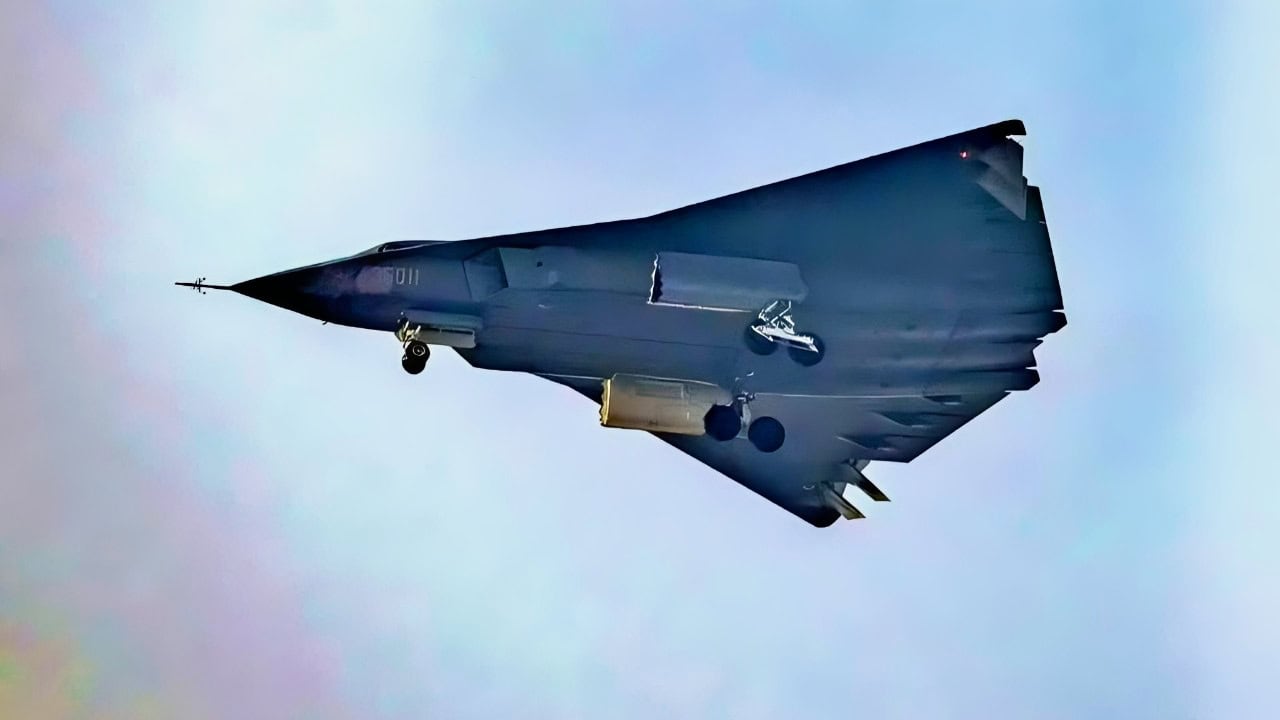
J-36 Fighter from China. Image Credit: X Screenshot.
“PLA now sets its sights to 2027 with a goal to accelerate the integrated development of mechanization, in-formatization, and intelligentization of the PRC’s armed forces. If realized, this 2027 objective could give the PLA capabilities to be a more credible military tool for the CCP to wield as it pursues Taiwan unification,” the America’s Theater Army for the IndoPacific states.
US Army Pacific’s text, “America’s Theater Army for the Indo-Pacific” details some of the specifics informing the PRC’s expansionist aims and strategies throughout the region. The paper provide summaries of China’s well known Belt-Road-Initiative. The BRI include a mix of transportation and economic alignments along the periphery of mainland China designed to expedite an ability to mass power, deploy and move resources throughout SouthEast Asia. BRI includes railways, port access and logistical support for global naval deployment, the Army Pacific text states.
“Recent agreements with countries such as Cambodia on Ream Port and Sri Lanka on the Port of Hambantota provide strategic positioning and expanded access to the region’s waterways,” the Army Pacific text states.
The BRI has been followed by what the Army Pacific text refers to as “Digital Silk Road” in which avenues for technology-focused investments were emphasized and added to the PRC strategy in the region.
There is also China’s “nine-dash-line” claim, an assertion reportedly rooted in the Chinese Dynastic era hundreds of years ago .. claiming the entirety of the South China Sea as its own territory.
China Occupies Taiwan
What if an US-led allied coalition had to liberate Taiwan from an occupying PLA force? Could it be done? Such questions may seem impossible to answer, however a quick look at GlobalFirewpower.com in relation to improving maritime force deployment platforms seems to indicate the answer may be …”yes,” but at a huge cost.
South Korea and Japan operate 1.1 million and 309,000 forces respectively and the US and Japan could together deploy an unrivaled 5th-generation F-35 force likely capable of quickly achieving air superiority. China’s J-20 exists in sizable numbers but cannot launch from the ocean and may not compete with the F-35 or Guam-based F-22s.. Furthermore, the PLA’s J-31 5th-gen stealth carrier launched aircraft only exists as a few prototypes and the PLA has no sea-launched F-35B vertical take-off-and-landing 5th-generation platform. Alongside these factors, the largest and perhaps less recognized element of any Pacific confrontation would undoubtedly rely upon a massive Army Pacific ground presence supporting a joint, multi-domain campaign. Ultimately, any effort to liberate Taiwan would require forces on the ground, a reason why the US Army Pacific continues to massively expand its presence and “joint” emphasis in terms of connecting with the other services. This is fundamental to the Army Pacific’s need for ISR and PED.
“Land forces, particularly the U.S. Army, would figure centrally in de- fending national borders and preserving the territorial integrity of its Allies. This is because victory in an interstate war typically depends on control of key ground, with its corresponding abundance of resources, food supplies, wealth, and populations,” the text of America’s Theater Army for the Indo-Pacific” states.
Gen Flynn explains that a growing, strong US Army presence in the Pacific theater is an indispensable and defining element contributing to a joint, multi-service effort to deter the PLA.
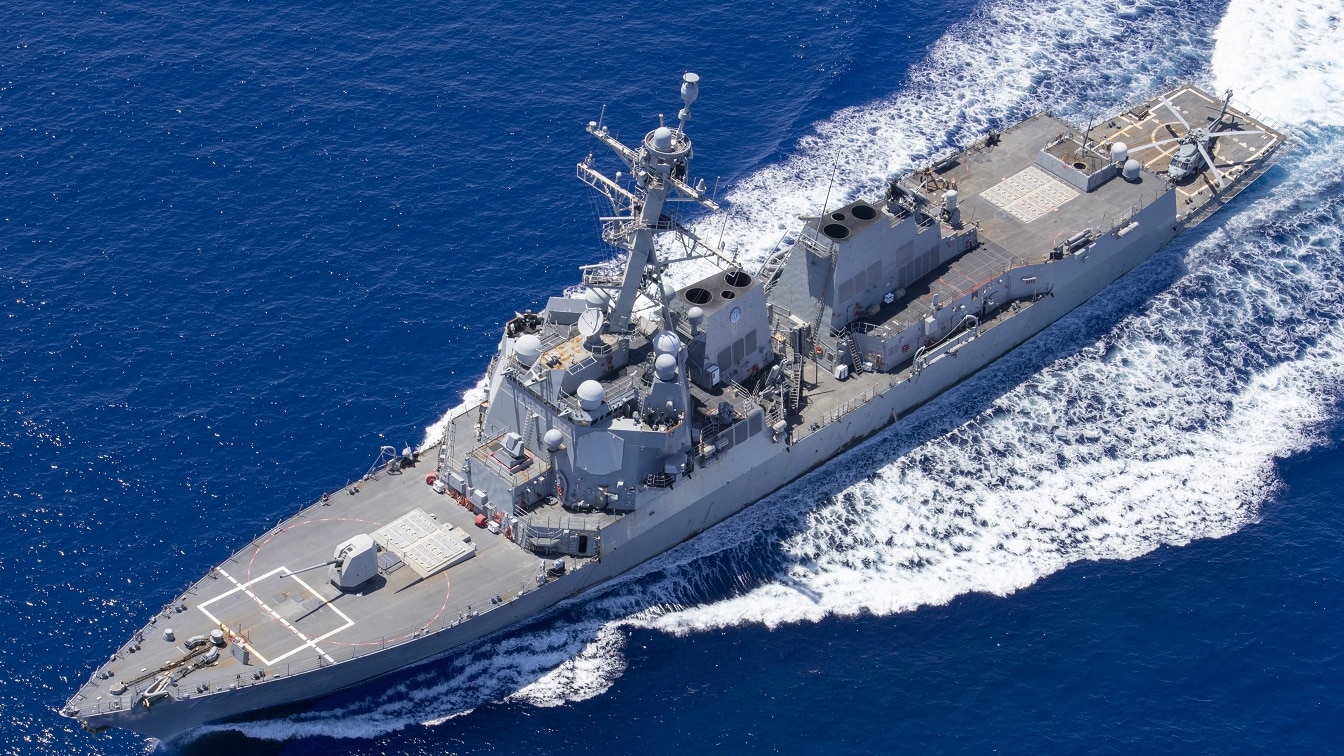
(Dec. 17, 2021) Arleigh Burke-class guided-missile destroyer USS Stockdale (DDG 106) transits the Indian Ocean during a bilateral training exercise with the Royal Australian Air Force, Dec. 17, 2021. Carl Vinson Carrier Strike Group and elements of the Royal Australian Navy and Air Force are conducting a bilateral training exercise to test and refine warfighting capabilities in support of a free and open Indo-Pacific. (U.S. Navy photo by Mass Communication Specialist 1st Class Tyler R. Fraser)
“The People’s Republic of China holds advantages of mass, munitions depth and interior lines—operating from a central position that enables an army to move faster than opposing forces can counter—that will take the entire joint force to deny its military objectives,” Army Pacific Commander Gen. Charles Flynn writes in an April 2023 edition of AUSA Magazine.
These factors and considerations are likely why the “Ameri
ca’s Theater Army for the Indo-Pacific” points to the growing significance of US-allied connectivity in the Pacific, as a joint US, Japanese, Korean force might well be able to liberate Taiwan from Chinese occupation. The aim would of course be to prevent that from being necessary, yet an established ability to do this figures prominently in the deterrence equation.
“The United States maintains defense treaties with five Allies in the Indo-Pacific: Australia, Japan, Republic of Korea, the Philippines, and Thailand. Treaties are binding agreements between nations and become part of international law, which, if enacted, would likely require all forms of U.S. military power,” America’s Theater Army for the Indo-Pacific states.
About the Author: Kris Osborn
Kris Osborn is President of Warrior Maven – Center for Military Modernization. Osborn previously served at the Pentagon as a Highly Qualified Expert with the Office of the Assistant Secretary of the Army—Acquisition, Logistics & Technology. Osborn has also worked as an anchor and on-air military specialist at national TV networks. He has appeared as a guest military expert on Fox News, MSNBC, The Military Channel, and The History Channel. He also has a Masters Degree in Comparative Literature from Columbia University.

